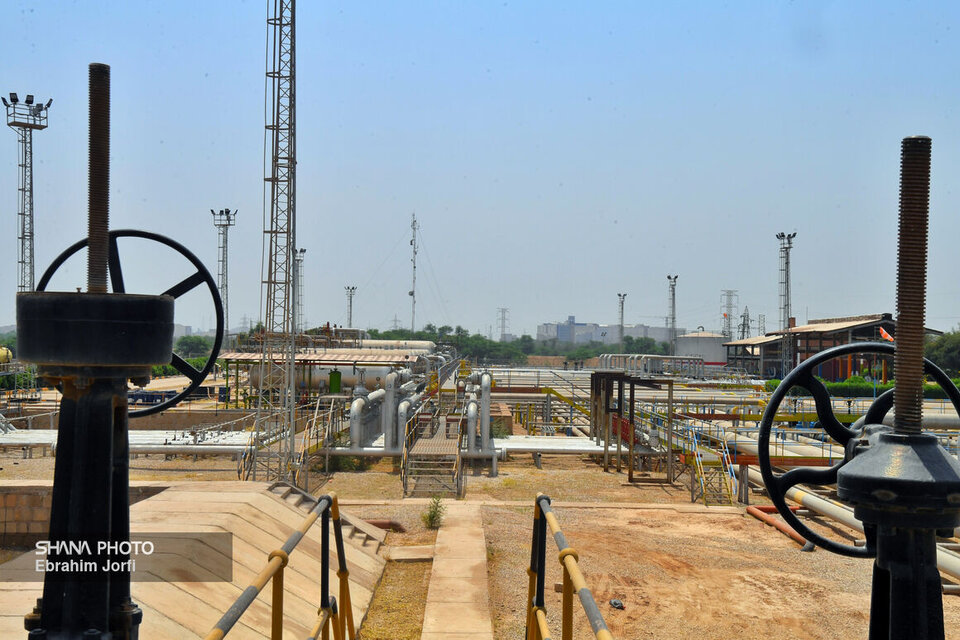Fereydoun Barkeshli noted that the discovery of oil in Masjed Soleyman on May 26 marked the beginning of a new era in Iran’s economic and social transformation. At the time, Iran’s population was around 10 million, with a literacy rate below 5%.
He highlighted that oil was Iran’s first modern industry, introducing automation to a country that previously lacked such capabilities. Although the British tried to keep their techniques hidden, Iranians gradually learned key operational principles.
The energy market analyst added that oil’s emergence and the limited financial resources it generated spurred significant economic and social changes. Early automation efforts in southern Iran eventually spread nationwide.
AI’s role in enhancing energy sector operations
Barkeshli stressed that all aspects of the oil industry—upstream, midstream, and downstream—are critical. Globally, the sector is increasingly adopting artificial intelligence, with discussions focusing on AI’s role in improving energy operations.
He noted that upstream activities had been sidelined in recent years, not due to diminished importance but because major national oil companies like Aramco, the National Iranian Oil Company, and other regional players took charge.
For Iran’s oil industry, capacity-building, increasing production, and optimizing existing fields are top priorities. "In oil, power comes from the wellhead," he said. "Until reserves are tapped, they remain potential, not actual, value."
Presenting a strong image of Iran’s oil industry
Addressing sanctions, Barkeshli acknowledged their impact, stating that the oil industry is inherently international and cannot thrive in isolation. Meaningful progress requires global cooperation.
Attracting investment and cutting-edge technology while engaging internationally is crucial, he said. Lifting sanctions alone won’t guarantee success but opens a new chapter in global competition.
Recent efforts by the Oil Ministry to present a dynamic and compelling image of Iran’s oil industry are valuable, he noted, but must be sustained and innovative.
"Everything starts with public relations," Barkeshli said. PR must help elevate the industry’s global brand, as oil companies’ added value begins with their branding.
He cited Aramco’s 2019 IPO as an example, noting how its international posture shifted noticeably after 2016—increased global engagement, updated messaging, and sharper corporate language.
Oil industry as an international club
Iran’s oil industry must actively participate in this "international club," communicating in globally understood terms, Barkeshli said. While Iran has made strides domestically, achieving its full potential requires international partnerships in capital and technology.
The National Iranian Oil Company must expand its global presence. In an era dominated by data and narratives, PR shapes perceptions.
Global energy market shifts
The global oil market is undergoing profound changes, with no return to "normal," Barkeshli said. OPEC, now 65 years old, owes its success to timely adaptation. National oil companies should hold operational summits within OPEC’s framework.
Some state oil firms have begun IPOs, increasing accountability to shareholders. In the UAE, Saudi Arabia, Nigeria, and Kazakhstan, shareholders demand higher production and market share—key considerations for OPEC’s future.
While divergence within OPEC isn’t expected, consolidation is likely amid global shifts.
Iran’s strategic position
Barkeshli said Iran, Persian Gulf states, and OPEC agree that global oil demand will persist for decades, though its share in the energy mix will decline. Reliable studies suggest only 20 years remain to maximize oil revenues, making this period critical for Iran.
Oil investments, whether upstream or downstream, rely on long-term strategies requiring security and stability. Regional players, including Iran, seek calm in the Persian Gulf.
Iran holds a unique position, Barkeshli noted, recalling how Indian oil firms—before gaining their current stature—sought partnerships with Iran to enter Central Asia and the Caucasus. Today, Iran’s geography positions it as a key player in oil and energy.


Your Comment